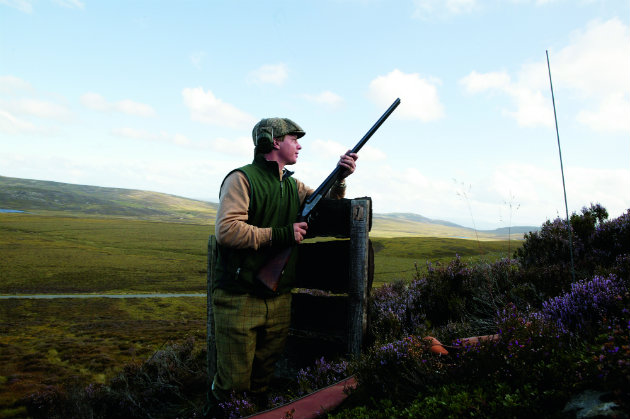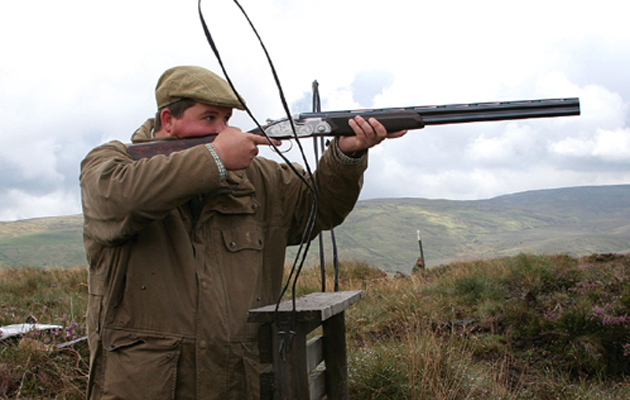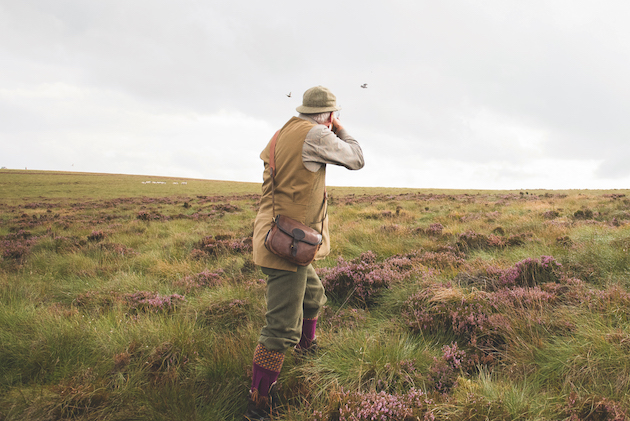Graham Downing offers the novice some helpful pointers on their first grouse shoot
Win CENS ProFlex DX5 earplugs worth £1,149 – enter here
I’m a driven grouse shooting novice. Help!
I’ve bought a small day, driven grouse shooting in late October, in a charity auction for me and seven mates.

Q: I’m a complete novice when it comes to driven grouse shooting. I’ve never shot anything more than driven pheasant before. I want to make the most of my chances on the grouse moor so what advice can you give me?
Your essential guide to walked-up grouse shooting
A guide for the grouse shooting novice
What a grouse shooting novice needs to know
- Even though I’ve been grouse shooting a number of times, I am no expert at the job, but what I do know about driven grouse is this: stay off the wine the night before!
- These birds are fast enough as it is in August. By October they go up a gear or two, espcially if they have a bit of wind to help them on their way. Then again, when all’s said and done, nothing flies faster than 1250 ft per sec, so pick the shell of your choice, and get stuck in.
- It’s hard to judge distance on open moorland so pick out markers in front of the butt to give an idea of how far out the birds are.
- Concentrate. Then concentrate even harder. Watch the horizon, ignore bumble bees and as soon as you spot a bird, get on your toes.
- Don’t take your eyes off the bird you’ve picked and suddenly switch to another.
- As soon as the bird crosses your 60 yard marker, get on the trigger – the bird will hit the shot pattern about 40 yards out.
- Get the first shot off early and you should be able to kill a second bird in front as well without it getting too close.
- Use YOUR FEET
- Always shoot in front and NEVER swing through the line; if you do decide to take a bird behind (and only if it’s safe to do so), remove the gun from your shoulder, drop the stock and raise those muzzles skyward as you turn.
- With feet firmly in place, put the bead on your intended target, swing and fire.
In addition, Patrick Galbraith, editor of Shooting Times, advises: “If you don’t have a loader, mark your birds down (that is, remember where they fall).”
Related Articles
Get the latest news delivered direct to your door
Subscribe to Shooting Times & Country
Discover the ultimate companion for field sports enthusiasts with Shooting Times & Country Magazine, the UK’s leading weekly publication that has been at the forefront of shooting culture since 1882. Subscribers gain access to expert tips, comprehensive gear reviews, seasonal advice and a vibrant community of like-minded shooters.
Save on shop price when you subscribe with weekly issues featuring in-depth articles on gundog training, exclusive member offers and access to the digital back issue library. A Shooting Times & Country subscription is more than a magazine, don’t just read about the countryside; immerse yourself in its most authoritative and engaging publication.









